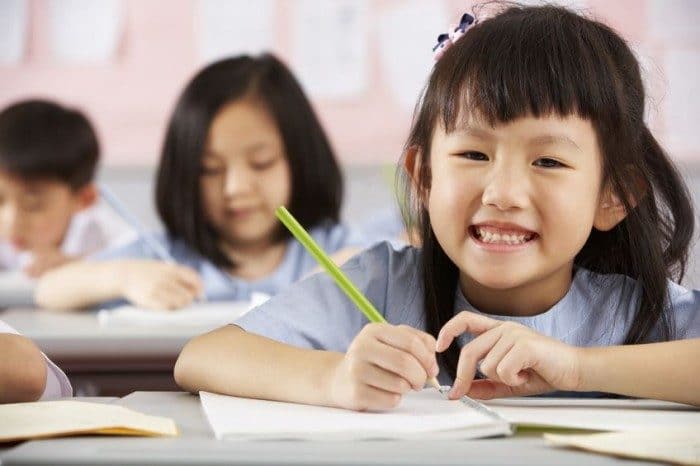A good educational system is the basis of a fair society that looks to the future and is committed to development. It is also essential for children to appropriate the tools they need to face the world. The American psychiatrist Karl. Menninger sums up the value of education masterfully in one sentence “What is given to children, children will give back to society”. For this reason, it is not in vain to wonder which are the best educational systems in the world.
The answer comes from the well-known Report of the International Program for Student Assessment (PISA Report), which analyzes the performance of students from different countries every three years with the aim of making an international assessment. These tests are carried out by the Organization for Economic Cooperation and Development and are taken as an indicator of the quality of the educational system.
You might be interested in baby names or the following topic The need for ‘connection’ in adolescents
Thus, it has been possible to appreciate that Asian education is the one that takes the palms The first places in knowledge, memorization and resolution of practical problems are taken by students from:
- South Korea – 554 points
- Japan – 536 points
- Switzerland – 531 points
- Netherlands – 523 points
- Estonia – 521 points
- Finland – 519 points
Spain is placed in position 14, with 484 points. The study concludes that the Spanish educational system is below the European average and that educational results have worsened in recent years.

What is the secret to Asian success?
The formula for Asian success is made up of different elements, including long sessions of study. During a visit to the Jincai public high school in Shanghai, one of those that has participated in these tests and has obtained excellent results, it has been seen that many children enter the school and spend practically the whole day studying.
Classes start at 8 and in the morning they have five subjects, plus half an hour of physical exercise. After lunch, classes are resumed, 25 minutes of exercises and others of relaxation are inserted. In the evening, after dinner, there is study time until 9 pm. And on Saturdays there are reinforcement classes. Optional classes in chess, music or drawing are also included.
However, Asian teachers believe that the key to success lies in discipline and the fact that education is stricter than in the West. Teamwork is also promoted in the classes and special importance is given to perseverance. In addition, they are concerned with giving a practical orientation to all subjects, to make them easier and more motivating for the student.
In fact, in countries like Singapore schools apply what is known as “street exercises”, which is nothing more than bringing school knowledge to practical life. That is why they ask them, for example, to design their own training plan retirement taking into account different interest rates. As a result, students are able to solve more complex and practical problems.
What is the formula applied by other countries that have good educational systems?
In Finland, for example, they believe that the secret of success lies in the collaboration that has been established between the school, the family, the political forces and society. In this country, public education is free and guarantees an excellent quality, surprisingly, can also boast of being the country with the fewest curricular hours in the world. However, in Finland they place a special emphasis on the selection of teachers and the motivation of students.
In the case of Estonia, the key lies in an educational system that has been able to adapt to the new times. Schools in this country are hyper-connected and provide a common virtual environment that students use to do their homework. In fact, we cannot forget that in Estonia children learn programming from the age of 6.
